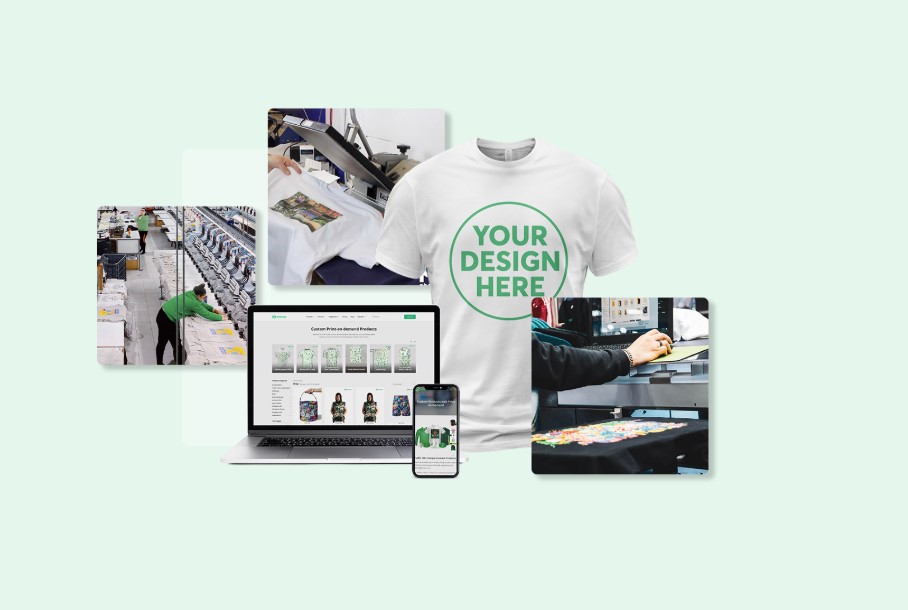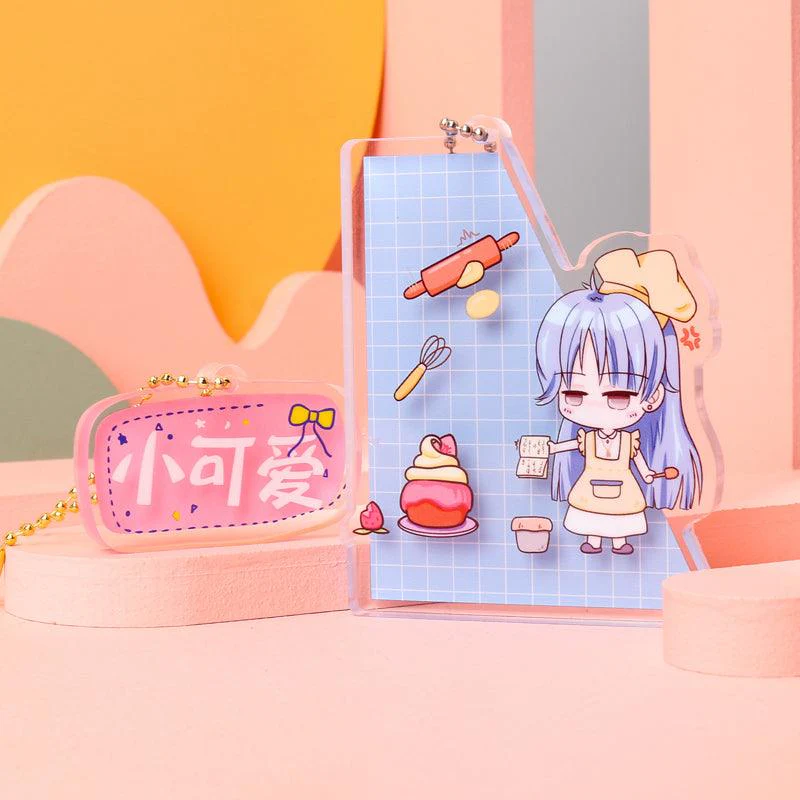
Turning art into passive income isn’t just a dream, it’s a smart way to secure financial freedom while staying true to your creative spirit. For many of us, creating art is a deeply personal, rewarding experience. But what if your work could also bring in steady earnings long after you’ve put down your brush or stylus? With the right strategies, it can.
There are plenty of creative, practical ways to turn your art into steady income that keeps working for you in the background, even when you’re not.
Why Passive Income Matters for Artists
We all know that making a living from art can sometimes feel like a rollercoaster. Some months bring commissions and sales; others, not so much. This is where passive income becomes a game-changer. It provides:
- Stability in unpredictable times
- More freedom to focus on passion projects
- A chance to reach wider audiences without extra effort
- Long-term value from one-time work
I’ve seen many artists, myself included, discover that a little planning now can lead to years of rewards later.
Create Art Products People Love (Without Constant Work)
One of the most practical routes for generating passive income is transforming your designs into products people can buy again and again. Think beyond original paintings or drawings, and consider items like prints, stickers, or home goods. A personal favorite of mine? Acrylic keychains.
I’ve found that when you feature your art on a custom acrylic keychain, it becomes a mini work of art that people can carry with them daily. Sites like Vograce make it easy for artists to order these in bulk or offer them on-demand. The beauty is that once your design is set, there’s minimal ongoing work, just sales rolling in.
Other art product ideas worth exploring:
- Art prints (both limited edition and open run)
- Enamel pins or patches
- Printable planners, coloring pages, or posters
- Phone cases or tote bags with your designs
License Your Work ─ Make Your Art Work for You
Licensing is one of the smartest ways to let your art earn on its own. When you license your creations, you’re granting permission for others (brands, publishers, product manufacturers) to use your work, usually in exchange for royalties.
The wonderful thing about licensing? It scales. One piece of art could be featured on dozens of products across various industries, from greeting cards to fabric patterns. And you still retain ownership.
How to get started with licensing:
- Build a polished portfolio showcasing designs that suit commercial use.
- List your work on platforms that connect artists with licensors (such as Printsource or ArtLicensing.com).
- Consider reaching out directly to companies whose products fit your style.
The key is to think about how your designs can live beyond the canvas. Once licensed, a single design might generate income for years.
Sell Digital Downloads for Endless Possibilities

In today’s world, digital products offer an incredible opportunity for artists. You create a file once, be it a print-ready poster, clip art, icon pack, or template, and then sell it over and over, with no inventory or shipping involved. It’s efficient, eco-friendly, and scalable.
Many artists set up shop on platforms like Etsy or Creative Market. What I love about digital downloads is the low overhead: no materials to buy, no storage space needed, and minimal customer service. Plus, you can keep adding to your shop at your own pace.
Top-selling digital products for artists:
- Printable wall art
- Digital planner stickers
- Procreate brushes or Photoshop textures
- Clip art bundles for crafters
If you enjoy creating art with a purpose, digital products could be your sweet spot for passive income.
Turn Teaching into Ongoing Revenue
If you have a knack for explaining techniques or guiding others through creative projects, teaching could be your passive income superpower. Platforms like Skillshare, Udemy, or even your own website let you upload courses or tutorials that students can access anytime.
Sure, filming and editing a class takes effort upfront, but once it’s live, it can bring in income again and again. And it’s deeply satisfying to know your knowledge is helping other artists grow.
Ideas for classes that sell well:
- Watercolor techniques for beginners
- How to create digital art for print
- Character design and illustration basics
- Selling your first art print online
Tip: Start small with one class, gather feedback, and refine your next offering!
Explore Print-on-Demand Services

Print-on-demand (POD) platforms are a fantastic way to merge creativity with passive sales. You upload your designs, and the platform handles printing, packing, and shipping each time someone places an order. Sites like Redbubble, Society6, and Threadless are popular choices, offering products from t-shirts to throw pillows.
The magic of POD is that there’s no upfront cost, you don’t pay for anything until a sale is made. And because you’re not managing inventory, you can focus on creating more art rather than handling logistics.
Pro tips for POD success:
- Choose a niche (e.g., whimsical animal designs, retro typography, celestial art)
- Research keywords and tags for better visibility
- Keep adding fresh designs regularly
Combine Streams for Greater Impact
The most successful passive income artists I know don’t rely on just one method, they combine several. Imagine this:
- Your designs are selling on keychains, prints, and tote bags.
- The same artwork is licensed for stationery.
- You’re earning from a digital download shop.
- A course you filmed a year ago continues to bring in students.
It’s like creating a little ecosystem where each part supports the others. You’re building a sustainable income while staying focused on what you love, creating art.

Final Thoughts ─ Start Small, Dream Big
It’s easy to feel overwhelmed by the idea of building passive income streams. But here’s the thing: you don’t have to do everything at once. Start with one method that feels exciting and manageable, then grow from there. Maybe you’ll begin with acrylic keychains or digital downloads, and as you gain confidence, explore licensing or teaching.
The journey is as creative as the art you make. And with every step, you’re not just building income, you’re sharing your vision with the world in new, lasting ways.










